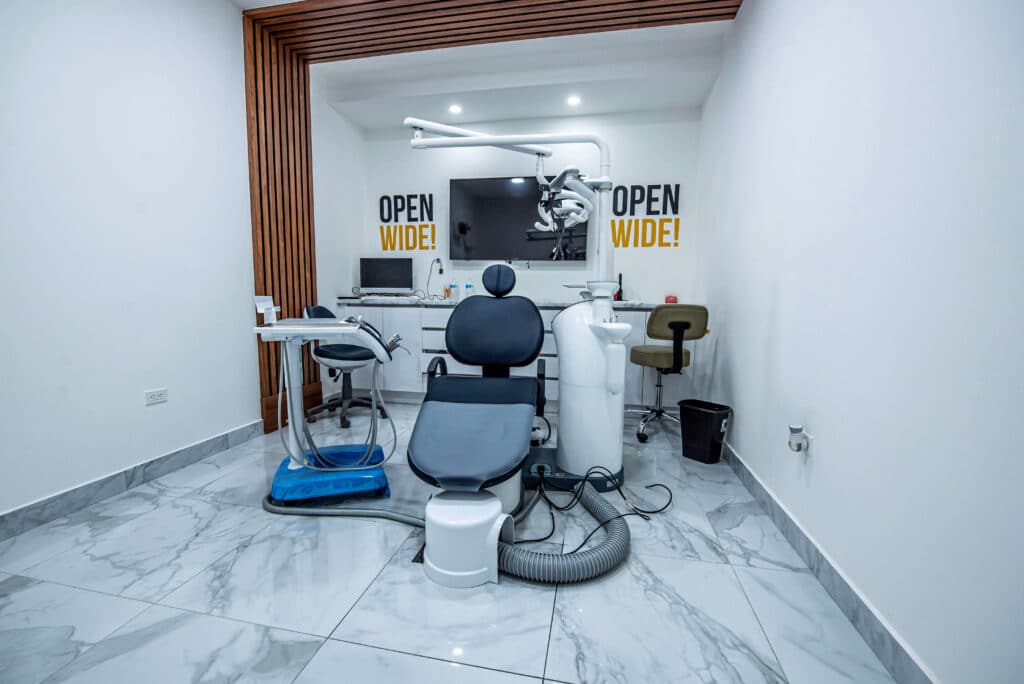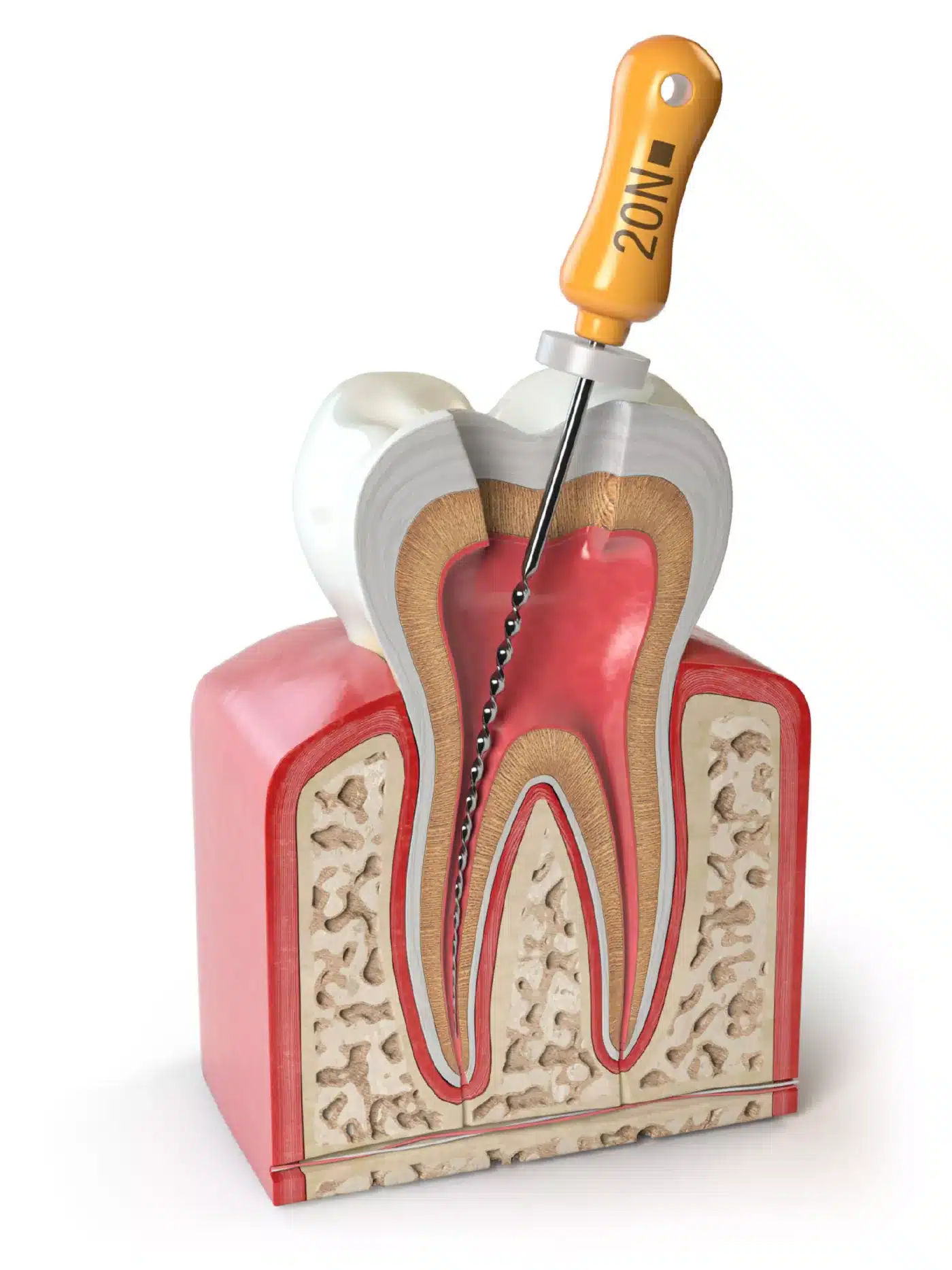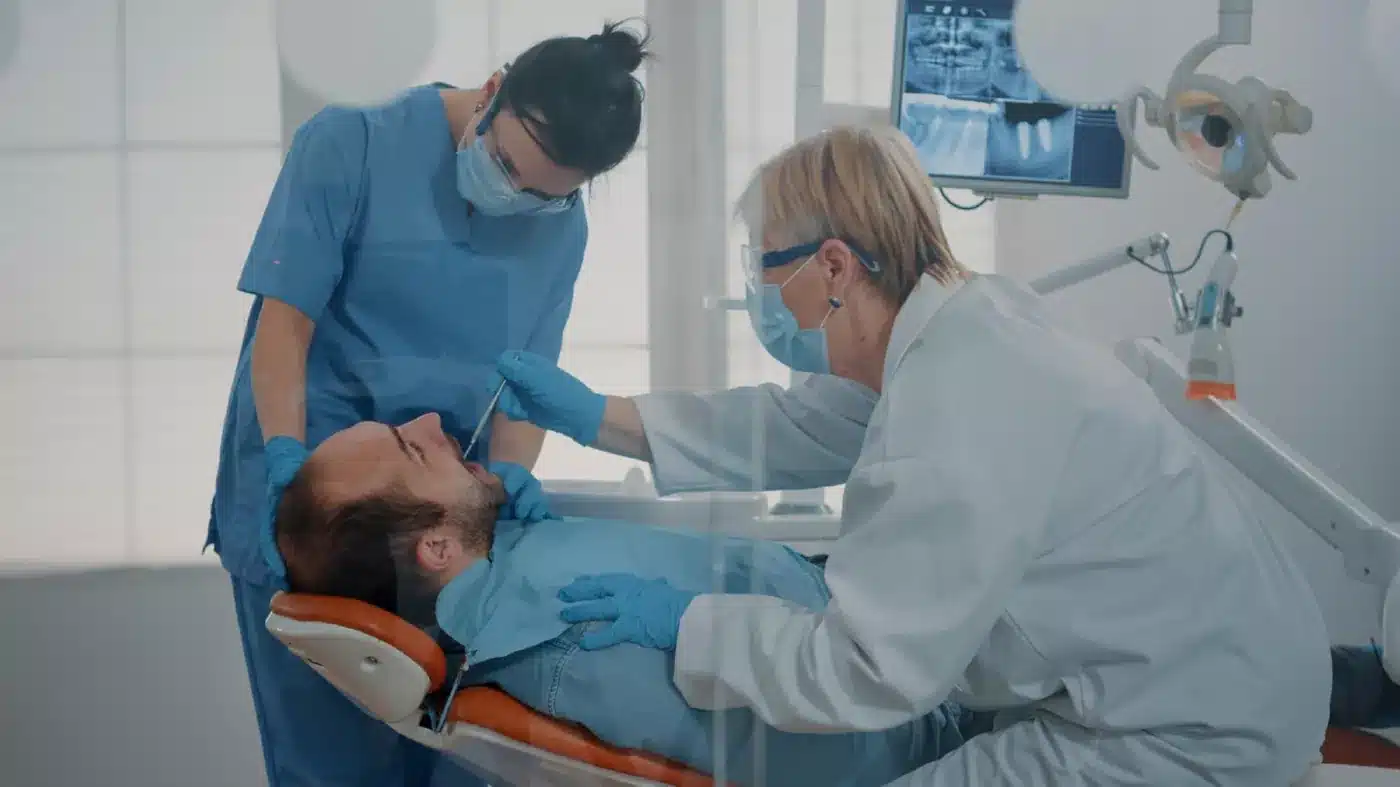Root Canals in Los Algodones, Mexico
Root canals are the best way to repair a damaged tooth and prevent tooth extraction
For Just
$199 USD
Root canals are one of the most common dental procedures. They can restore damaged a tooth and allow patients to have a healthier smile without the need for a dental implant or any other restorative dentistry treatment. These are the benefits of getting root canal procedures in our clinic.
The most important benefit of root canal treatment is that the patients get to keep their natural teeth, which is always the ideal choice to prevent tooth loss and the many other consequences of it, like bone loss and infection of the surrounding teeth.
Keeping your natural teeth means maintaining the beauty of your smile. The endodontist (root canal specialist) will choose the color of your dental crowns to match the rest of your teeth, and you will be able to smile confidently without needing any extra procedures.
Save money on affordable dental care
The main benefit of saving your teeth with a root canal in Mexico is getting the same quality dental work while saving up to 80% compared to U.S and Canada prices.
In our dental clinic, a root canal costs only $199.
Restore your oral health
You will be treated by a root canal specialist. We are equipped with advanced CAD/CAM technology so you can get your treatment done in the easiest way possible.
Cutting-Edge Dental Facilities
Or dental clinic is fully equipped with the latest technology. Your root canal dentist (endodontist) will take x-rays of your bite to make sure you need a root canal or any other treatment.
Near the U.S border
To visit our dental center you won’t have to travel far away, and it is even possible to reach the city by car. That’s why it has become a favorite destination for medical tourism.
At Dental del Rio we want to offer you quality dental work at the best price so you can always have access to regular care and have a better quality of life.
We work with numerous major dental insurance providers. We will help to fill out your reimbursement forms so you can submit them and get coverage for your crowns.
We are part of the American Dental Association and our experienced endodontists work under the same standards as the best dental clinics in the USA. This means that you will receive excellent dental care at a great price.
Competitive prices without sacrificing the excellence of our services. Save up to 80% compared to root canal cost in the US and Canada.
We have our own dental laboratory with state-of-the-art facilities like 3D intraoral scans, CAD / CAM technology
Bilingual staff available
Our staff is completely bilingual, able to understand you, and guide you through the entire journey with us.

Contact us right now to schedule your first appointment with us. Our staff will be happy to answer any questions or dental concerns that you may have and help you have a great experience when visiting us.
Hear It Directly From Our Patients: Their Dental Del Rio Experiences
If there's a diseased or damaged pulp, a root canal treatment will be the best option to save the tooth and avoid the further complications that this can cause.
Some of the symptoms that might indicate that you need a root canal are:
The final diagnosis and treatment plan will always be provided by your dentist.
If you have any of these symptoms, visit us at our dental clinic in Los Algodones so you can receive the best dental care.
Root canal procedures are routine treatments that can be done in one or two visits to the dental office, depending on each patient's case. The procedure is done under local anesthetic so you won't feel any pain.
After the root canal is done, your dentist may recommend over-the-counter medications to relieve pain for a couple of days.
Feeling some sensitivity to cold or hot the first days after the treatment is also common, but it should go away after about two weeks.
The root canal procedure is not complicated so there's no need for extra preparation before going to your dental appointment. In most cases, you will be even able to drive yourself home afterward.
It is advised to avoid all types of alcoholic drinks and tobacco 24 hours before the procedure to prepare the gums for local anesthesia.
A good recommendation is to eat before the treatment so you can wait around 4 hours after to eat again. Your first meal after a root canal should be soft to avoid pain and discomfort when chewing.
C. Encino, 21970 Vicente Guerrero, B.C. Los Algodones, México
Mon-Fri: 8:00am – 4:00pm. Sat: 8:00am – 2:00pm

Also known as endodontics, a root canal is a procedure that aims to extract the soft tissue from inside the tooth, called the pulp, in cases when this is inflamed due to infected tooth or any type of damage to the tooth.
This way, the tooth won’t need to be extracted, and as the pulp chamber will be filled with a special resin, there won’t be a chance of re-infection in the future.
By avoiding the extraction, the patient won’t need to go through any other dental procedures to restore missing teeth.
Oral health issues like severe tooth decay or an infected tooth can damage the inside of the tooth and cause an infection or inflammation of the tooth’s pulp.
This soft tissue is located on the deepest part of the teeth behind the dentin and contains all the nerves and blood vessels; this is the reason why there’s so much pain when there’s an infected pulp.
In the first stage, the dentist uses a drill to remove infected tissue and nerves from the tooth root, draining any abscess. The pulp chamber is then filled and sealed with gutta-percha.
To restore the outside of the tooth and protect the inside, a dental crown will be placed. This way the patient will be able to keep their natural tooth with all its function and aesthetic.
